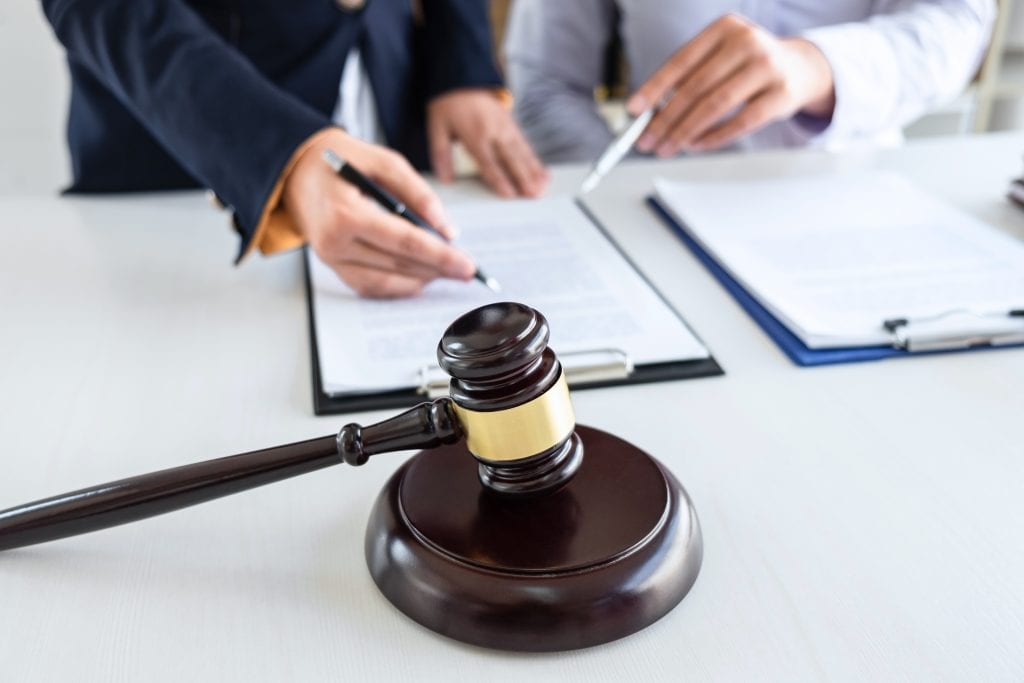Every year in America, people go to prison for crimes they did not commit. If a wrongful conviction sent you to prison, you might be able to get compensation under federal law. What are the steps you must take to file a wrongful-conviction lawsuit?
Where do you file a wrongful conviction lawsuit?
Under federal law (28 U.S.C. § 1495), only the U.S. Court of Federal Claims can hear wrongful-conviction claims against the U.S.
How do you prove a wrongful conviction?
Anyone suing under 28 U.S.C. § 1495, must prove two main things. First, you must prove your innocence. You can do this in several different ways:
- Proving that a court reversed or set aside your conviction because you were not guilty
- By proving that you a jury or court found you not guilty at a new trial or rehearing
- By proving that you received a pardon based on your innocence or unfair prosecution
Second, you must also prove that you did not cause your own prosecution.
How do you write a wrongful conviction complaint?
Before a court can consider your wrongful-conviction case, you must file a complaint. In the complaint, you must allege that the government violated your rights. You must also allege that they wrongfully convicted you.
Your complaint should include numbered paragraphs. It should state what rights the government violated and what damages you seek.
In the final paragraph, you state what you want. You should write a clear demand for a judgment against the United States. You should also request a specific dollar amount. It might look like this: “Mr. Smith requests a judgment in his favor and against the United States in the amount of $25,000.”
Your complaint must also include your or your attorney’s contact information. You should also date it.
How do you file a wrongful conviction lawsuit?

Filing a wrongful-conviction lawsuit is a several-step process.
Step 1: Write Your Complaint
To begin, you prepare the complaint we talked about earlier. You must file the complaint with the U.S. Court of Federal Claims. The U.S. Court of Federal Claims website includes forms, instructions and other helpful information.
Step 2: Filing Your Complaint
Once you’ve completed your complaint, you send two copies to the court. These must be on regular letter-sized paper. They must also have page numbers in the bottom margins, and you should step it in the top left corner. You should attach the official cover sheet to the complaint.
Send these forms and the filing fee to the following address:
Clerk, US Court of Federal Claims
717 Madison Place, NW, Room 103
Washington, DC 20439
Step 2.5: Applying for a Fee Waiver
Prisoners often can’t afford filing fees for lawsuits. Sometimes, courts allow people, including prisoners, to filing without paying fees. They do this by “waiving” those fees. You can request a fee waiver by including an Application to Proceed in Forma Pauperis.
Step 3: Wait for the Government’s Response
After you file your lawsuit, you will receive a “Notice of Assignment.” This gives you your file date and case number. In most cases, the government has 60 days to respond to your complaint. They will either file an “Answer,” in which they likely deny your claims. Or they will file a “Motion for Summary Judgment.” This motion seeks to end your lawsuit immediately.
How does the lawsuit end?
If you win your wrongful-conviction case, the court awards you money. Federal law sets the amount the government must pay you.
People wrongfully imprisoned on death row can receive up to $100,000 for every 12 months they were in prison. Other people who went to prison because of a wrongful conviction can receive up to $50,000 per 12 months in prison.
The Takeaway:
People go to prison every year for crimes they did not commit. If you can prove a wrongful conviction, you can receive compensation under federal law.






